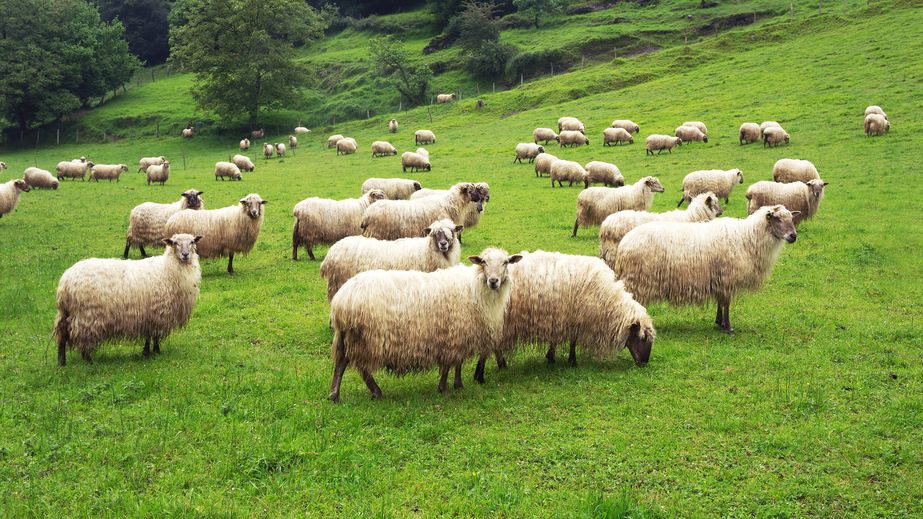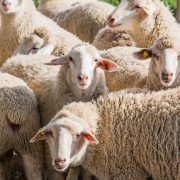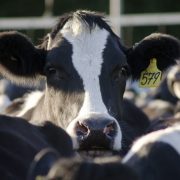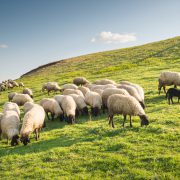Do UK sheep farmers use orf vaccine correctly and could their vaccination strategy affect vaccine efficacy?
Do UK sheep farmers use orf vaccine correctly and could their vaccination strategy affect vaccine efficacy?

Requires membership/payment
In our edition of: Oct 2019
In our categories of: farm animals
our summary:
Small, S. et al. (2019) Do UK sheep farmers use orf vaccine correctly and could their vaccination strategy affect vaccine efficacy? Veterinary Record, 185 (10), p. 305
The survey targeted sheep owners in the UK to establish whether they used the orf vaccine. The survey also asked questions on vaccine storage, where and how the vaccine was administered, when vaccination took place in relation to the lambing period, and whether vaccinated animals were separated as recommended in the summary of product characteristics. The survey was available for a six-week period during October/November 2018.
In total, there were 570 usable responses. Flock size ranged from 2 to 4000 sheep, with a third of respondents responsible for a flock of ≥500 sheep. The survey revealed 36% of respondents vaccinated against orf; of these, 57% were using the vaccine correctly. Of the 64% not vaccinating, 25% indicated they had vaccinated in the past.
Incorrect vaccine use was defined as one or more of the following: vaccinating ewes six weeks or less before lambing; using vaccine when orf has not been confirmed on farm; not using the proprietary applicator to apply the vaccine; storing the vaccine at room temperature; and using the vaccine up to a week after opening the vial. In terms of vaccine administration, only 27% of respondents administered the vaccine at the recommended site (behind the elbow or in the axilla). Other areas of concern were vaccinating ewes too close to lambing and not separating vaccinated and non-vaccinated animals.
The most common concerns and reasons not to vaccinate were perceived lack of vaccine efficacy, the time taken to administer, cost-benefit, risk of making it worse (cross-infection) and the zoonotic risk. Veterinary surgeons were the preferred source of information about orf vaccination.
Limitations to the study include the fact that, as most responses were submitted online, there may be a bias to those comfortable with IT; possible bias due to the reliance on respondents’ memories; and possible bias towards sheep owners with a high interest in orf.
This survey highlights the fact that it is likely that orf vaccination is not being carried out correctly on a significant proportion of UK sheep farms, which will affect vaccine efficacy. The importance of veterinary advice, with the veterinary surgeon as the preferred source of information, when prescribing orf vaccine is emphasised. In particular, there appears to be a need for better education about the recommended injection site. As the number of responses represents less than 1% of the total sheep holdings in the UK, care should be taken when extrapolating these findings to all UK sheep farmers.
Image copyright attribute: Mikel Martinez De Osaba
Join the discussion
We encourage discussion on all material highlighted in each edition of inFOCUS. Use the button below to join the conversation on Twitter and include your comment in the feed for this issue.









Leave a Reply
Want to join the discussion?Feel free to contribute!